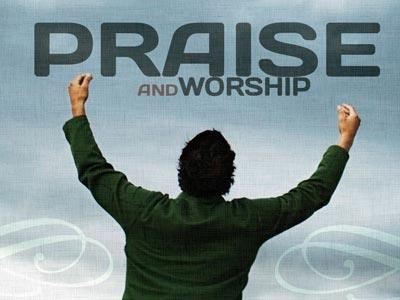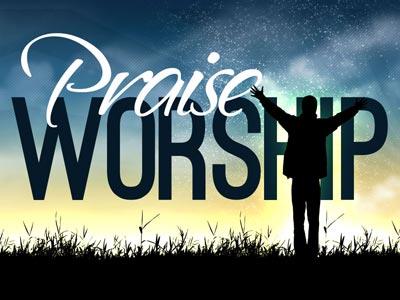-
Of Streams And Pathways Series
Contributed by Steven Simala Grant on Nov 28, 2017 (message contributor)
Summary: A call to unity amidst the great diversity that makes up our churches.
Of Streams And Pathways
Series: How Broad Is The Kingdom Of God Jan 15, 2006
Intro:
Last Sunday I introduced you to nine different “Sacred Pathways” – nine different ways that different people worship, experience, and respond to God. We linked them to nine different examples from Scripture: Mary – contemplative; David – enthusiast; Elijah – activist; Ezekiel – sensate; Abraham – traditionalist; Mordecai – caregiver; John the Baptist – ascetic; Psalmist – naturalist; and Solomon – intellectual.
I asked us to all complete a simple little quiz that might give us a bit of a window into which of those nine describes us. Most of us probably discovered that there was not just one pathway for us – we probably had 2 or 3 that were strong. Let me show you my results: (slide). I want to do a simple little tabulation so that we start to paint a corporate picture. (show of hands, white board, tabulate results…)
Out Of The Woods And Into The Water…
The “Sacred Pathways” approach comes from an author named Gary Thomas, and his focus is very much on us as individuals. Another author, Richard Foster, has identified a similar way of looking at our differences but on a more corporate level. He refers to these as streams, and his book is called “Steams of Living Water.” I want to introduce you to those this morning and show how individual “pathways” find a home in corporate “streams”. But just before I do that, let me take you to a very simple passage of Scripture:
A Prayer For Unity:
The setting is the upper room, just before Jesus leaves to go to His death. He is praying, what has become known as the “High Priestly Prayer”. Here is what He prays: “I pray also for those who will believe in me through their message, 21that all of them may be one, Father, just as you are in me and I am in you.” (John 17:20-21).
Let me be blunt: my goal in all this talk about our uniqueness and difference is that we would see Jesus’ prayer answered, and that we would be united. I recognize the danger in talking about our differences and how that could lead to disunity, but I trust our maturity enough as a congregation to believe that we will love one another and value one another regardless of which pathway we find helps us worship God, or which stream we are a part of. And I call us to use this time to unite around the fact that all of us are here because we love Jesus and want to worship and obey and live with Jesus as our Lord. I’m fairly passionate about this – and I will be angry if we allow this journey to be twisted into disunity, judgment, or any kind of spiritual one-up-man-ship. Such things are not of the Kingdom of God, they are sin – and if any of us find ourselves drawn into that we must repent before our sin destroys what God is trying to build here at Laurier. As strongly as I can, I call us to unity as Jesus prayed: “that all of us may be one.” (There is a little of my “activist” pathway sneaking in…)
Back to the Water:
I’d like to introduce the streams using Foster’s own words, from his introduction: “Today a mighty river of the Spirit is bursting forth from the hearts of women and men, boys and girls. It is a deep river of divine intimacy, a powerful river of holy living, a dancing river of jubilation in the Spirit, and a broad river of unconditional love for all peoples… The astonishing new reality in this mighty flow of the Spirit is how sovereignly God is bring together streams of life that have been isolated from one another for a very long time… It is a little like the Mississippi River, which gains strength and volume as the Ohio and the Missouri and many other rivers flow into it.” (from “Introduction”, p. xv).
Foster identifies six streams, and one of the excellent parts of his book is how he links these to the history of the church and tells the great stories that are a part of our faith. Here are the six: The Contemplative Stream (or the prayer-filled life), the Holiness Stream (or the virtuous life), the Charismatic Stream (or the Spirit-empowered life), the Social Justice Stream (or the compassionate life), the Incarnational Stream (or the sacramental (God in every part of life) life), and the Evangelical Stream (or the Word-centered life).
Pathways in the Streams:
Pastor Sue and I tried to bring the two images, of “pathways” and “streams” together. Now, this is certainly not perfect and not at all meant to be exclusive, but it should help us a little:

 Sermon Central
Sermon Central



